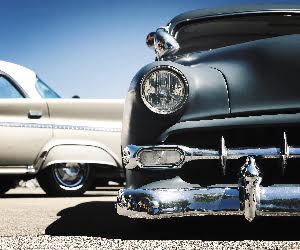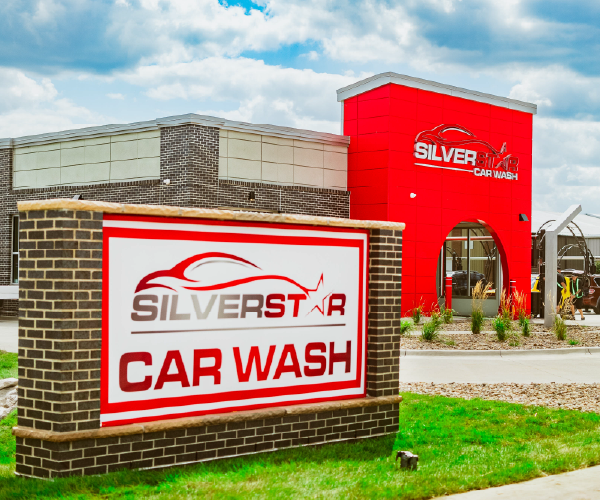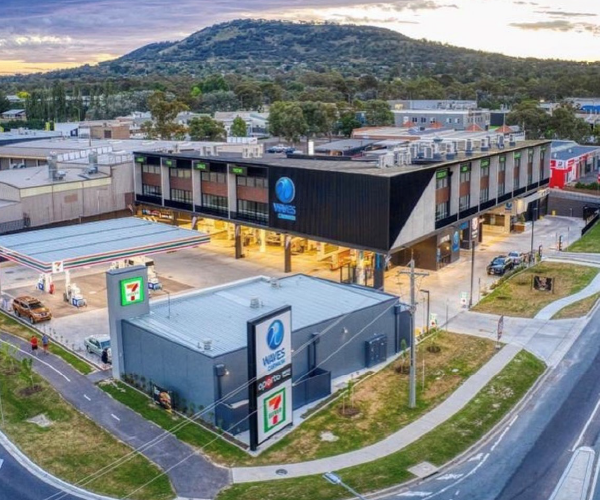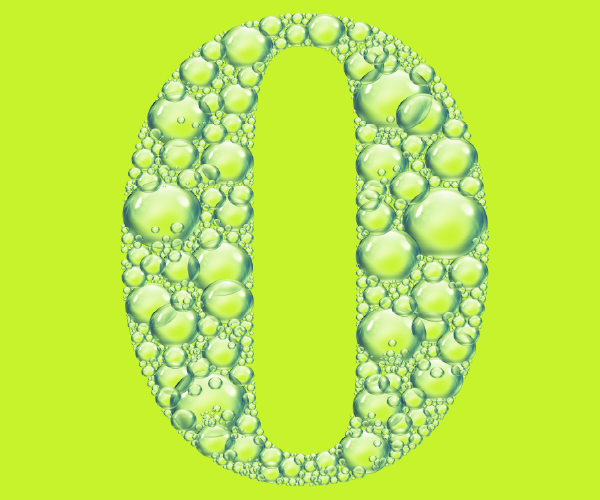
Blast from the Past - Winter 2012
October 2, 2012
5 minute ReadAs a continuing feature to CAR WASH Magazine, we will occasionally provide excerpts from The Great American Car Wash Story. Former ICA Executive Director Gus Trantham and veteran commercial writer John Beck wrote this book in 1994. It represents the most complete history we have found of the industry in North America. Enjoy.
CHAPTER 13
The Cleaning Power of Steam that Came and Went
While it is true that even today it may be possible for you to find steam wands in use at the entrances of some glamor tunnels, as a general rule steam came early on to the carwash scene, played its somewhat dramatic role, and then departed. Which, in a way, is a little sad. There was something dynamic, and very convincing, about the sudden appearance of that man at the tunnel entrance, wearing boots, a rubber apron, and perhaps even rubber gauntlets.
Striding to the front of your car, he would suddenly become wreathed in clouds of steam as he earnestly aimed his magical wand at your grille, across the front of your hood, along the bumpers and grille, and then circling the car with down-held glance as he steamed the dirt off each wheel in turn, and then permitted your car to emerge from his steam “clean-ic” as he directed the glance of his therapeutic eyes at the next car.
In your guts you would have believed that this dramatic steam therapy just had to do a good job getting down to prying off the toughest dirt. It sure was good at some of the tough stuff such as squashed bugs, tree sap, bird droppings, and heavy dirt on wheel spokes, caps, and white walls. About the only negative aspect was the cost of the steam, the need of a steam wand attendant, and the danger of cracked glass if you tried to use it to deice a windshield. But the advent of steam was a very welcome aid in the first days of carwashing.
Of course steam was not a newcomer to the world of cleaning. It had been used extensively for years in many industries for various processes besides cleaning. One company that was on the scene with years of experience in steam cleaning when the first car-washes started to appear was the Clayton Manufacturing Company with facilities in eight countries besides the US and general distribution throughout the world. One of their steam-generating units was a compact model that could deliver
200 pounds of steam per hour, which was sufficient to handle the work load of the busiest carwashes of those times. Clayton also produced a chemical to use with the steam they called “Steam-Safe” which was formulated especially to condition water to 20-grain hardness so as to safely clean chrome, anodized aluminum trim and white wall tires.
Not to be outdone, Ewing Manufacturing of Oklahoma City entered the fray with a 360-gallon per hour high-pressure unit that could handle two steam guns and a wheel washer at the same time.
Other major manufacturers that entered the scene to offer steam cleaners included Chem-Therm and Malsbary.
Chem-Therm had been making various designs of steam cleaners for industry for many years before entering carwash equipment manufacturing. Once started, it quickly branched out from mere steam cleaning units to complete carwash systems.
Malsbary, likewise an old timer in steam cleaning, started to make units designed for carwashes in the early fifties and within ten years had units in over 4,000 carwashes throughout the United States and Canada. Malsbary steam cleaners pretty much became the workhorse of the industry, and were soon offering sizes from 100 to 2,100 gallons of steam per hour. Properly used, with the right equipment and solutions, steam could hardly be beat as a powerful cleaner. Except for wheel washers, it was best applied manually through hand guns provided with specially orificed nozzles. As described by one steam cleaning expert, orifices in a hot water system served the same purpose as the nozzle on a garden hose by providing the pressure that turns flowing water into a directed, cleaning stream. As water passes through a steam cleaner or pressure washer, it heats sufficiently so a portion is converted into steam.
As this steam expands, it forces hot water against the restrictive orifice or orifices in the cleaning system until this hot water literally explodes through the orifices in an explosive, hot cleaning blast. Without the orifice, there would be little or no pressure. To get real cleaning power, the hot water system had to be properly orificed at wheel washers and steam guns.
During the sixties, steam cleaning units played an important role at car wash tunnels, and due to their constant use required careful maintenance to reduce boiler scaling and orifice wear that could greatly reduce efficiency. As a result, both Clayton and Malsbary conducted steam-cleaning clinics, both jointly and independently. One of the first steam clinics was staged in Detroit by Dolph Kern of Clayton and Walter Malsbary of Malsbary. It was so well attended that many others were offered in different cities. One conducted by Malsbary at their Uniontown, Pa., plant ran for three days and provided certificates of completion. This was the kind of industrial cooperation between manufacturer and operator, which has contributed largely to the growth of carwashing as a major industry.
However, steam was most effective when applied by hand, and there was one resource that started to disappear as carwashing continued to expand. That was, manpower! As explained in a 1966 association study on the subject:
“Without a doubt, the phenomenon of the disappearing labor supply is the one thing which is changing the entire shape and complexion of the carwash industry today. Every carwash operator in the country is feeling the labor pinch. While it is more drastic in some areas than others, there is little doubt that we are going to witness many changes in the car wash industry as a result of this situation.”
And changes there were, many of them in the form of more efficient equipment and cleaning solutions, which gradually eliminated the need of steam cleaners in the tunnel. And so it was that steam entered carwashing, did a great job and then finally began to almost disappear in the name of economy but not in terms of effectiveness!







